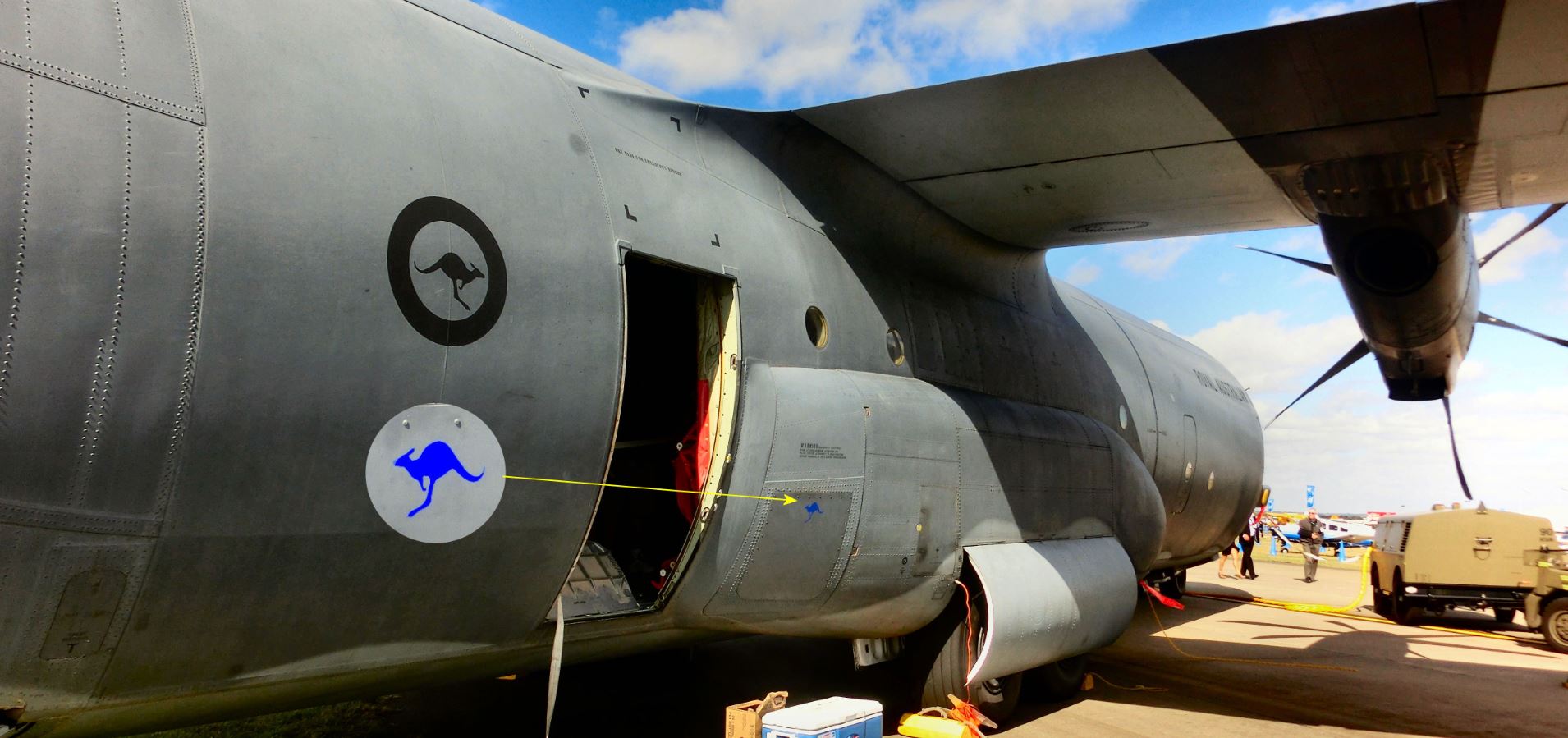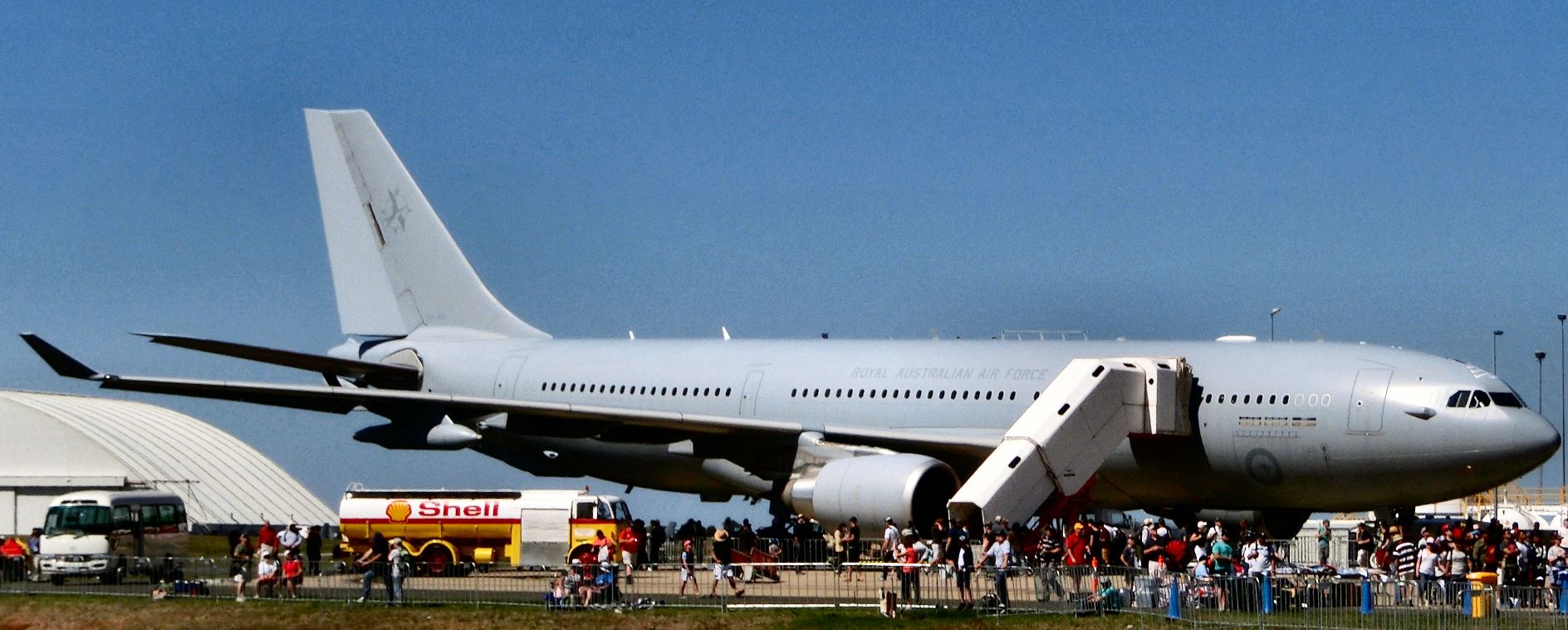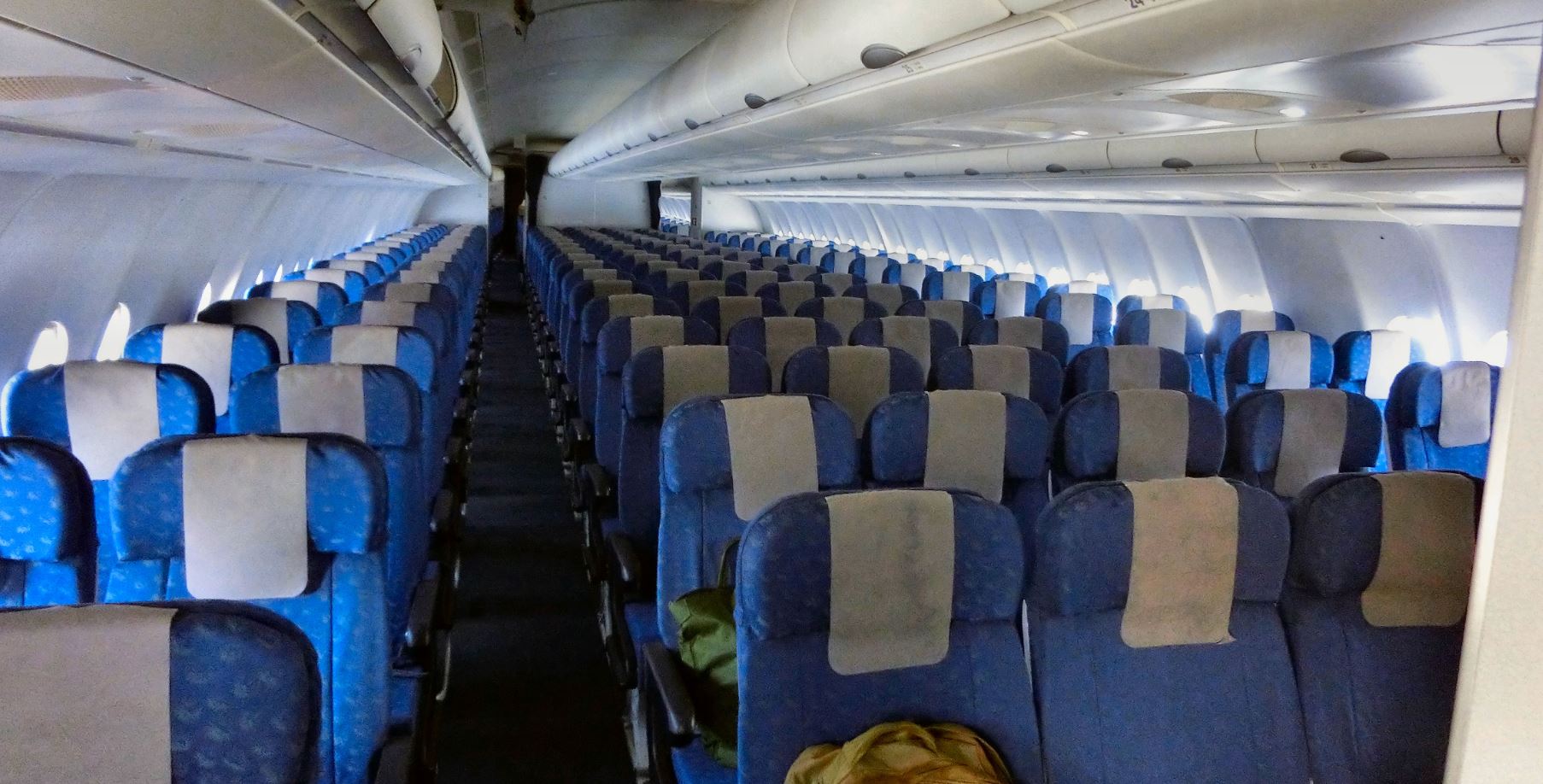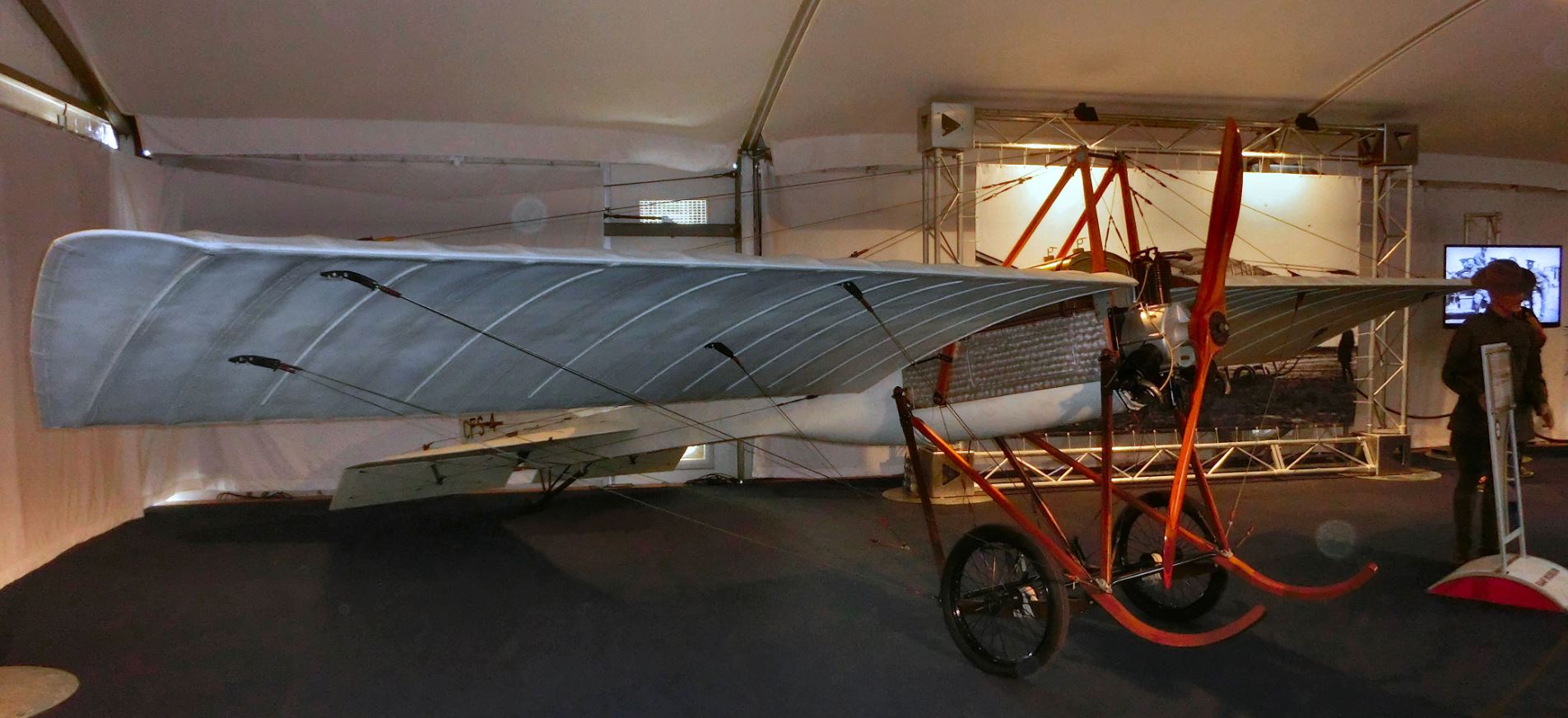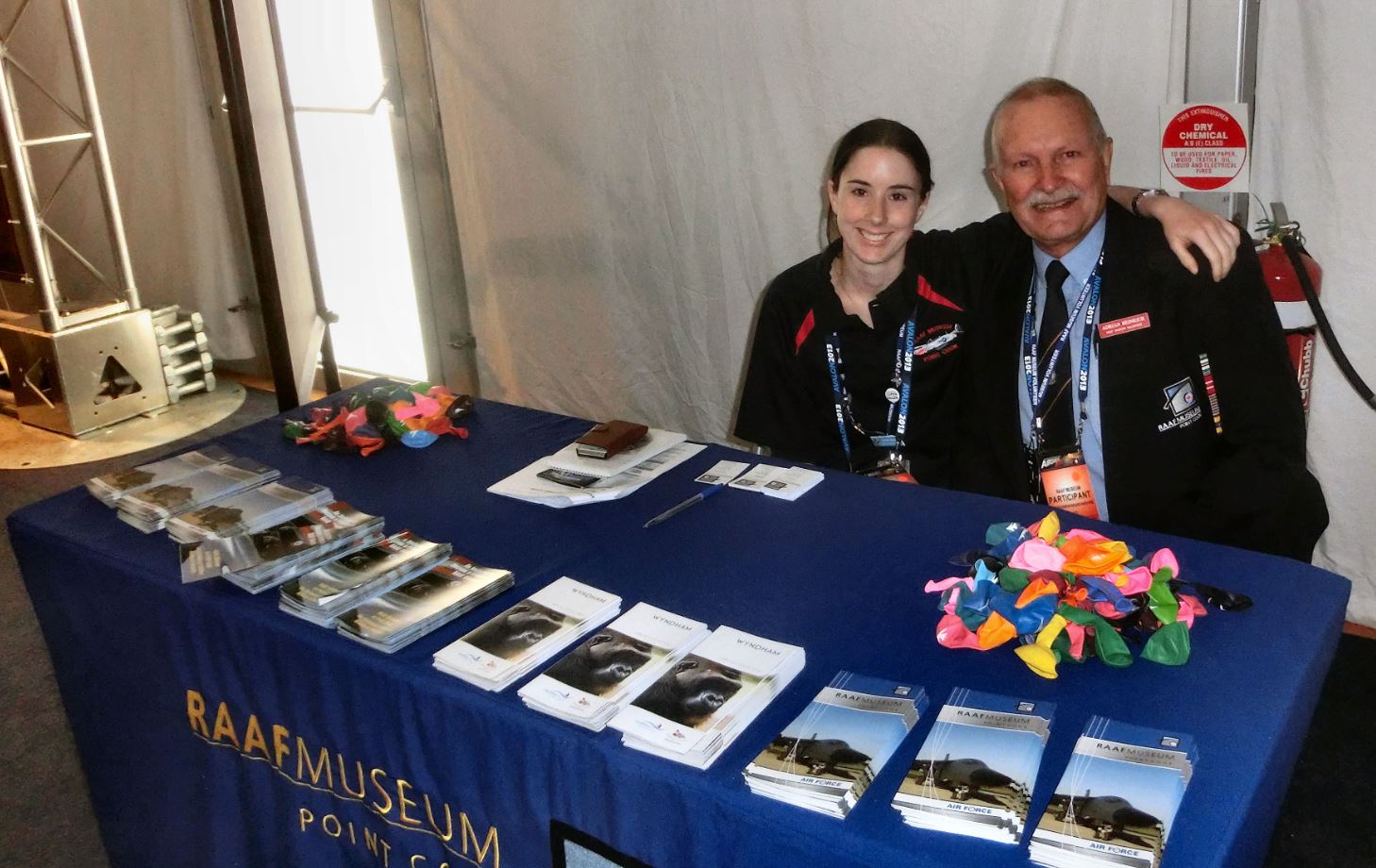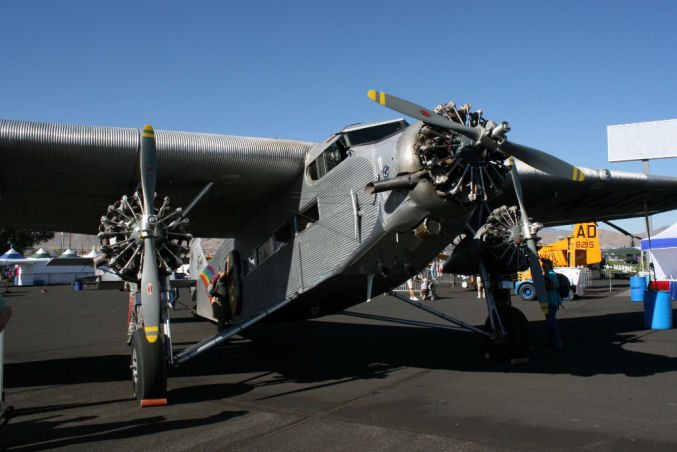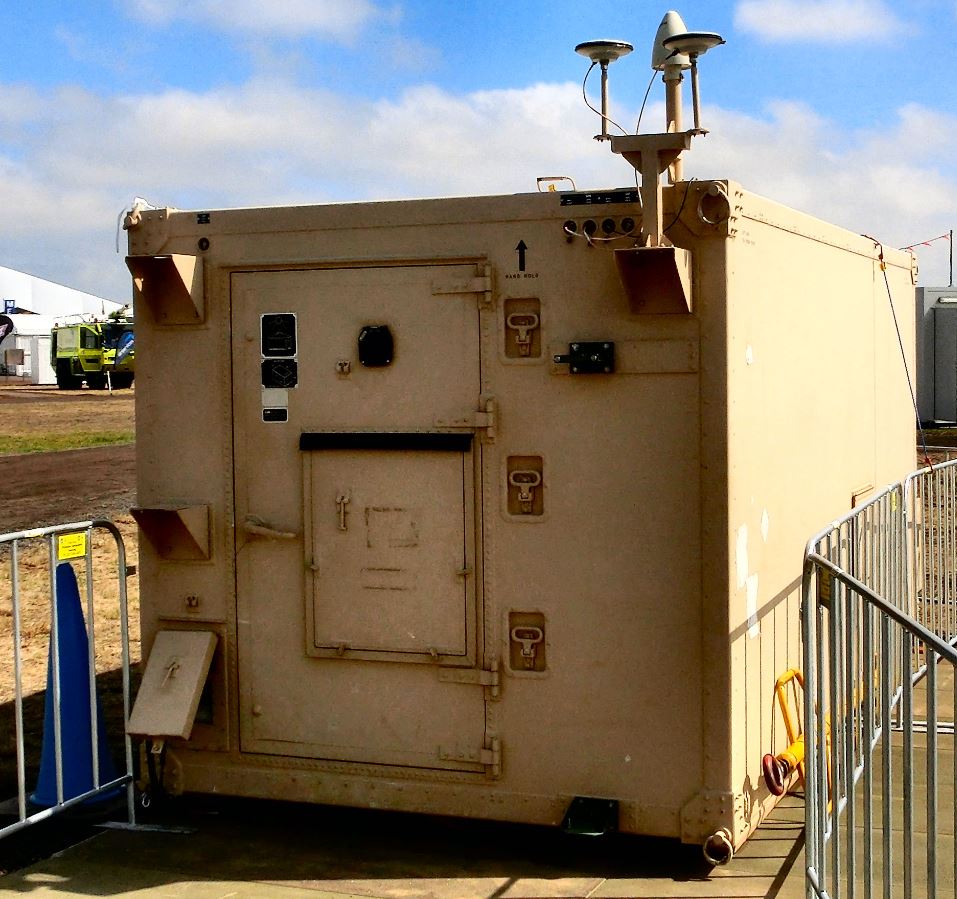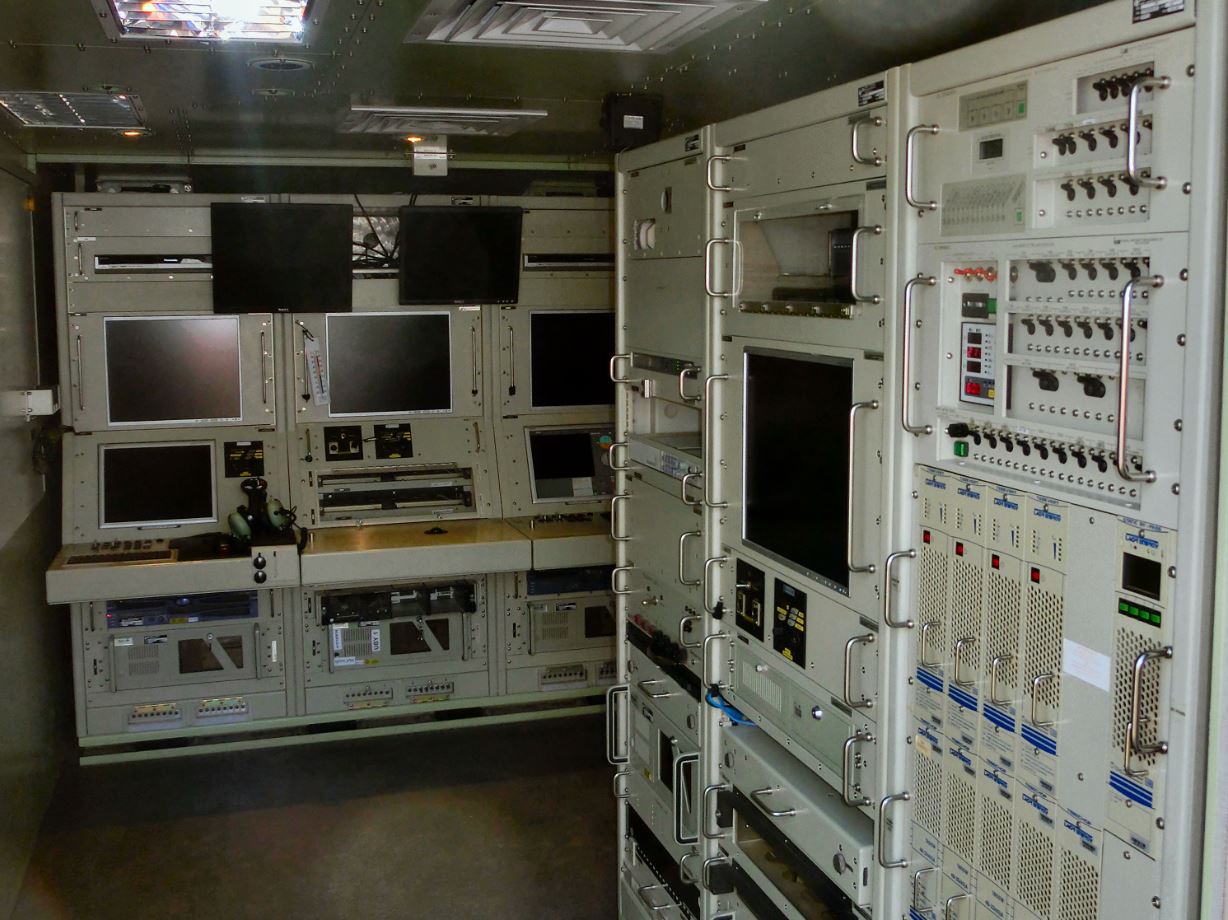|
|
|
Avalon Air Show 2013 - Special Edition
Page 5 |
|
Privacy Policy | Editorial Policy | Profit Policy | Join the Association | List of Members | Contact us | Index | Links
|
|
Back Go to: Intro, About, Civil Acft, Mil Acft, RAAF, Volunteers. Forward |
|
RAAF.
Being an Airshow, the RAAF were there in numbers in both personnel and equipment. The first group to arrive was Number 1 Airfield Operations Support Squadron (1AOSS) and they erected and fitted out numerous buildings and tents in readiness for the main group to move in. |
|
L-R: Jordan Augustin, a plant operator, based at Townsville and David Walsh, a plumber, based at Richmond. |
|
|
|
They
brought in trucks, containers, machinery and specialist equipment and in
no time had the airfield looking like a
forward base. Their plumber’s truck (right) would certainly be the envy
of an old retired plumber we know who was in Vietnam with 17th
Construction Squadron (Army) back in 1965/66.
1AOSS is Headquartered at the base at Townsville and has detachments at each of the major RAAF Bases around Australia. It is responsible for providing fixed-base and expeditionary Air Movements support, Explosive Ordnance Disposal (EOD) functions, Airfield Engineering, including vertical and horizontal construction capabilities and 3rd line logistics support to the RAAF's Expeditionary Combat Support Squadrons. It was originally formed in 1966 as No. 1 Operational Support Unit (1OSU) at Fairbairn and was immediately deployed to Vung Tau in Vietnam where it operated in direct support to Number 35 Squadron (and where it was good-naturedly called 10 Sewerage Unit).
On return to Australia in 1972 the unit was disbanded only to be reformed 12 years later at Richmond, then relocated to share facilities with No. 7 Stores Depot in Toowoomba, before eventually relocating in 1992 to new facilities at Townsville. Not long after it was renamed No. 1 Combat Logistics Squadron.
|
|
|
|
|
|
On 1 January 2007 the unit merged with No. 1 Air Terminal Squadron to form into the unit it is today. 1AOSS is currently the most diverse and dispersed unit in the RAAF, with an approximate staff of 470 permanent, reserve and civilian personnel serving at 9 permanent detachments at bases all around Australia.
|
|
|
|
And speaking of bridges, how many 1AOSS personnel does it take to build a little wooden bridge over a little grass ditch??.
|
|
The RAAF has always enjoyed the reputation of looking after their men and women much better than the other “junior” services. The RAAF’s messes have always been way up there and the ground and naval people have always enjoyed a few days at a RAAF base – just to experience good food as well as solid buildings that don’t flap, soft beds that don’t sway and nice clean sheets.
The RAAF wasn’t going to allow a small thing like an Airshow ruin their reputation so 1AOSS got to work and in the wink of an eye had a full kitchen and mess facility up and running – at the envy of all on the airfield. |
|
|
|
The RAAF’s cooks (fondly called bait layers) excelled and provided 5 star meals for the troops.
|
|
|
|
We looked in, saw there were plenty of spare seats and lots of food so we tried to sneak a meal but we were very quickly discovered and politely asked to leave – sob!!
|
|
One group that works with 1AOSS is Anitcom. Anitcom is a network solutions provider, based in Canberra, which specialises in the design, development and installation of secure network solutions to meet either a fixed or expeditionary requirement. |
|
|
|
Solange Leiva, above, is the project manager with Anitcom.
|
|
Anitcom provided and installed the lined, powered and air conditioned display tent facility that the RAAF use as a mobile aid centre, operations centre, comm centre or even rest area.
|
|
Inside the Anitcom tent facility – I can just imagine one of these up on Fraser!!.
|
|
|
|
292 Sqn, arrived with one of their P3 Orions.
292Sqn was formed on the 1st January 1977 at Edinburgh as the Maritime Analysis Training School and was then renamed 292 Squadron in October 1980. |
|
|
|
292 Sqn is the RAAF’s training squadron for crews posted to one of the maritime squadrons.
Aircrew do their conversion to the aircraft at 292, not at an operational squadron and once completed are posted to either 10Sqn or 11Sqn.
The aircraft was on display for the duration of the show but due to the sensitive equipment inside, the public had to be contented with an external view only. |
|
|
|
|
|
|
|
The PBRD snuck in and popped one on the missile.
|
|
36 Squadron were there in numbers, at one stage they had 4 of their wonderful C17’s on the ground. The Duty Crew blokes/blokettes at Amberley would have loved it – there is nothing better than a Squadron with no aircraft – Nirvana!!!
|
|
|
|
The USAF had one of their C17’s there too and both countries provided an airborne display, tossing their massive aircraft through the air as though they were Cessna 152s.
We reckon the Oz display was definitely the best though.
|
|
|
|
The RAAF also had their work-horse on display – the trusty old Herc. Nearly every Air Force in the world flies these things, there is nothing secret about the Herc – so the public were invited to look inside.
Judging by the length of the line of people waiting to get in, we thought the loady must have been handing out $100 notes.
|
|
|
|
|
|
First flown in 1954, you could be forgiven for thinking that everyone has seen the insides of a Herc at one time or another but obviously not. The amount of interest in the old girl that has been around for ages, in one form or another, seems to never end.
|
|
The RAAF’s modified Airbus A330-200 aircraft, known as the KC-30A, is a dual-role air-to-air refuelling and transport aircraft. Operated by 33 Sqn at Amberley, it is equipped with both an Aerial Refuelling Boom System (ARBS) and two Cobham 905E under-wing refuelling pods.
|
|
|
|
|
|
The aircraft were ordered by the RAAF back in 2005 but delays in development of the boom system held up delivery and the 5th (and last) aircraft was delivered to Amberley in December 2012.
|
|
|
|
|
|
The RAAF has gone for a 2 x 4 x 2 seating arrangement in the “tourist” section and 2 x 3 x 2 in the “business” section of the MRTT (Multi Role Tanker Transport).
|
|
The RAAF Museum at Pt Cook had an interesting display, celebrating the 100th anniversary of the formation of Australia’s first military flying unit, the Central Flying School, which was established at Point Cook back on the 7th March 1913.
Recognising the potential of the newly invented aeroplane, as an instrument of war, the Australian Department of Defence began steps to form an aerial force as early as 1909. Australian Army Order No 132/1912, in September 1912, approved the establishment of an aviation flight, soon to become the Central Flying School with Deperdussin (below), BE2a and Bristol Boxkite aircraft being ordered later that year.
|
|
|
|
After extensive surveys, a 734 acre site at Point Cook, west of Melbourne, was selected as the site for the new school and by February 1914, tents and hangars were in place at the new airfield. On 1 March 1914, Lieutenant Eric Harrison made the first military flight in Australia aboard a Bristol Boxkite CFS-3 then after a period of flight testing, the first flying course at CFS commenced on 17 August 1914 with four students graduating from the 14 week course.
From 1914 until 1918, a further 11 courses were conducted at CFS, Point Cook with a total of 152 pilots graduating from the school. When World War 1 ended, the Australian Flying Corps was disbanded and all flying training ceased. Upon the formation of the RAAF as a separate service in 1921, CFS was renamed Flying Training School and this initial era in the history of the Central Flying School came to a close. |
|
Naome Miles, Merchandising Manager Pt Cook Museum and Adrian Heinrich, ex 1RMT, now a volunteer at the Museum.
|
|
The Heron.
No 5 Flight, part of 82 Wing, based at Amberley, brought their little Heron to the show and each night they towed it away and locked it up then brought it out again in the morning. No. 5 Flight was formed in January 2010 and is responsible for training ADF personnel to operate the detachment of two Herons which are currently based at Kandahar in Afghanistan. They recently acquired a third vehicle which they use as a training aircraft.
Prior to acquiring this third aircraft, operators were trained in Canada.
|
|
|
|
|
|
Interestingly, the last RAAF aircraft to wear the A45 aircraft ID was the Ford Trimotor of 36 Sqn - back in 1942.
|
|
|
|
The Heron is a medium-altitude long-endurance unmanned aerial vehicle (UAV) developed by the Malat (UAV) division of Israel Aerospace Industries. It is capable of Medium Altitude Long Endurance (MALE) operations of up to 52 hours' duration at up to 35,000 feet although the effective operational maximal flight duration is less, due to payload and flight profile.
It navigates using an internal GPS receiver and either a pre-programmed flight profile (in which case the system is fully autonomous from takeoff to landing), manual override from a ground control station, or a combination of both. It can also autonomously return to base and land in case of lost communication with the ground station.
The Heron can carry an array of sensors, including infra-red and visible-light surveillance, intelligence systems and various radar systems, totaling up to 250 kg. Heron is also capable of target acquisition and artillery adjustment.
Australia is leasing the Herons as part of a multi-million dollar deal to operate the vehicles in Afghanistan and they are manually operated from a transportable container.
|
|
|
|
|
|
|
|
Opera is when a guy gets stabbed in the back and, instead of bleeding, he sings.
|
|
Back Go to: Intro, About, Civil Acft, Mil Acft, RAAF, Volunteers. Forward
|
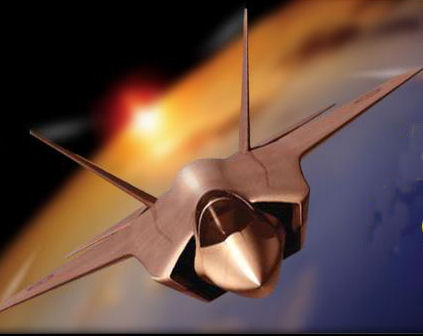 RAAF
Radschool Association Magazine
RAAF
Radschool Association Magazine
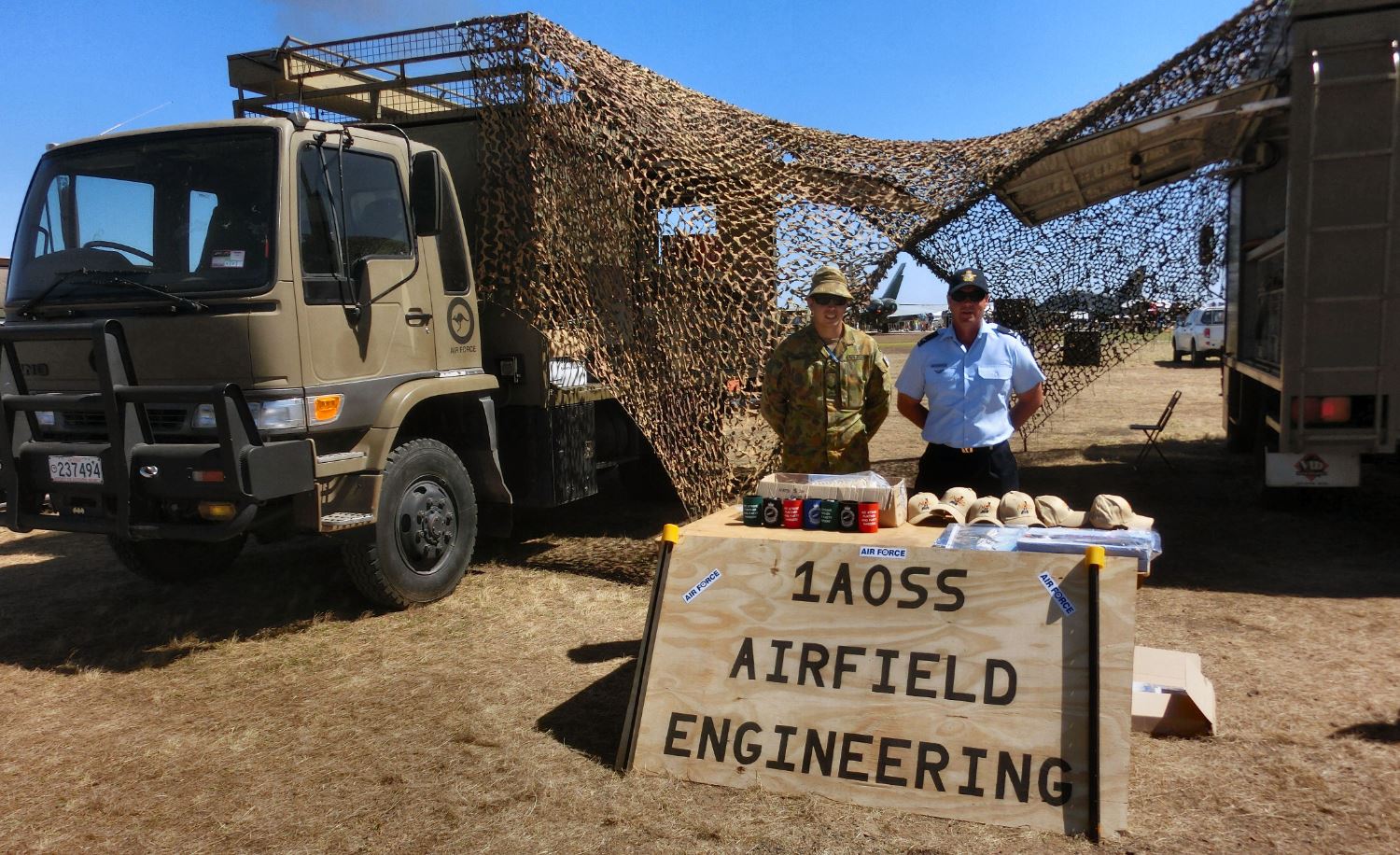
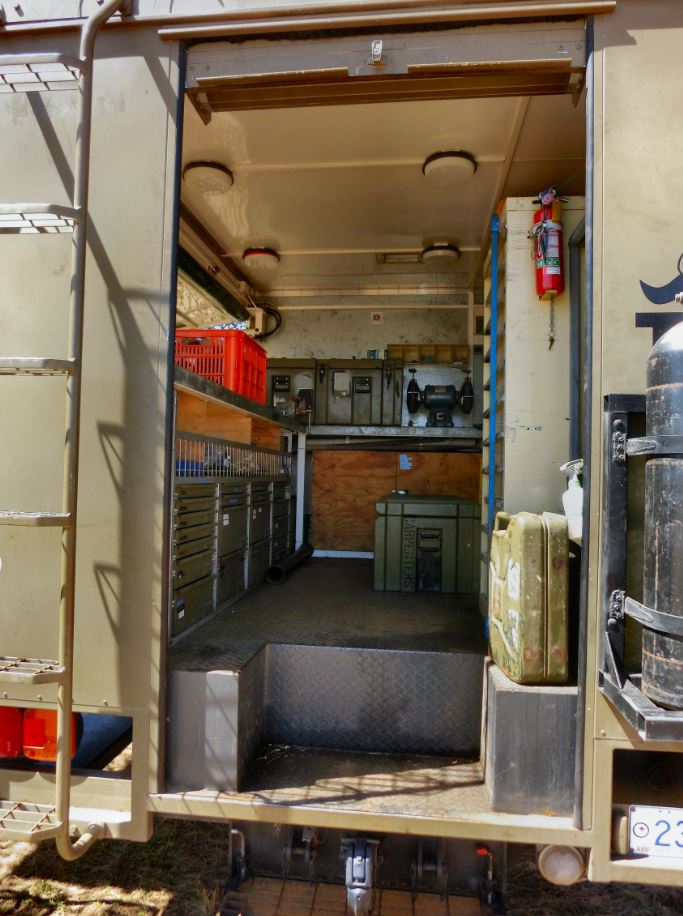
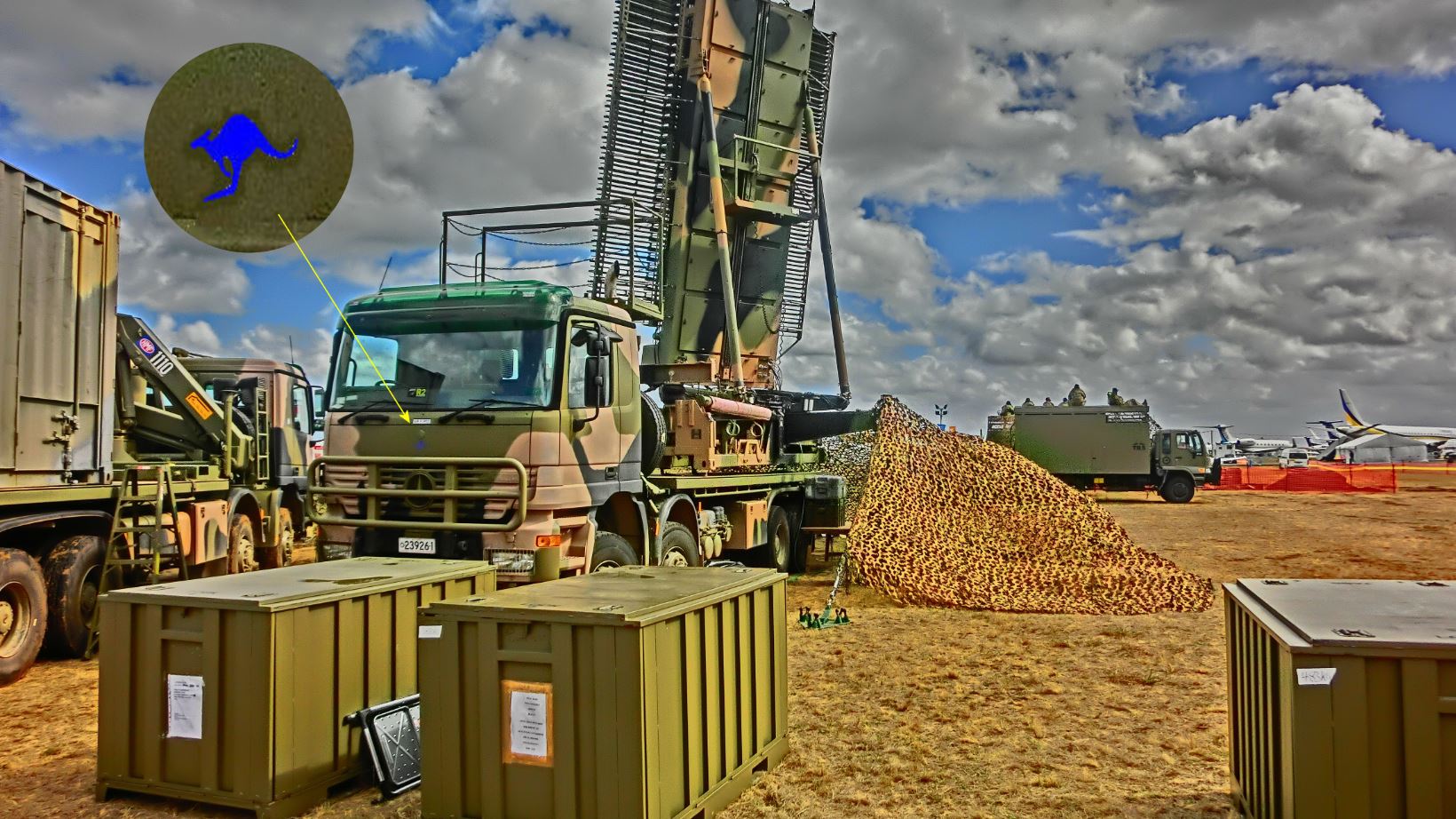
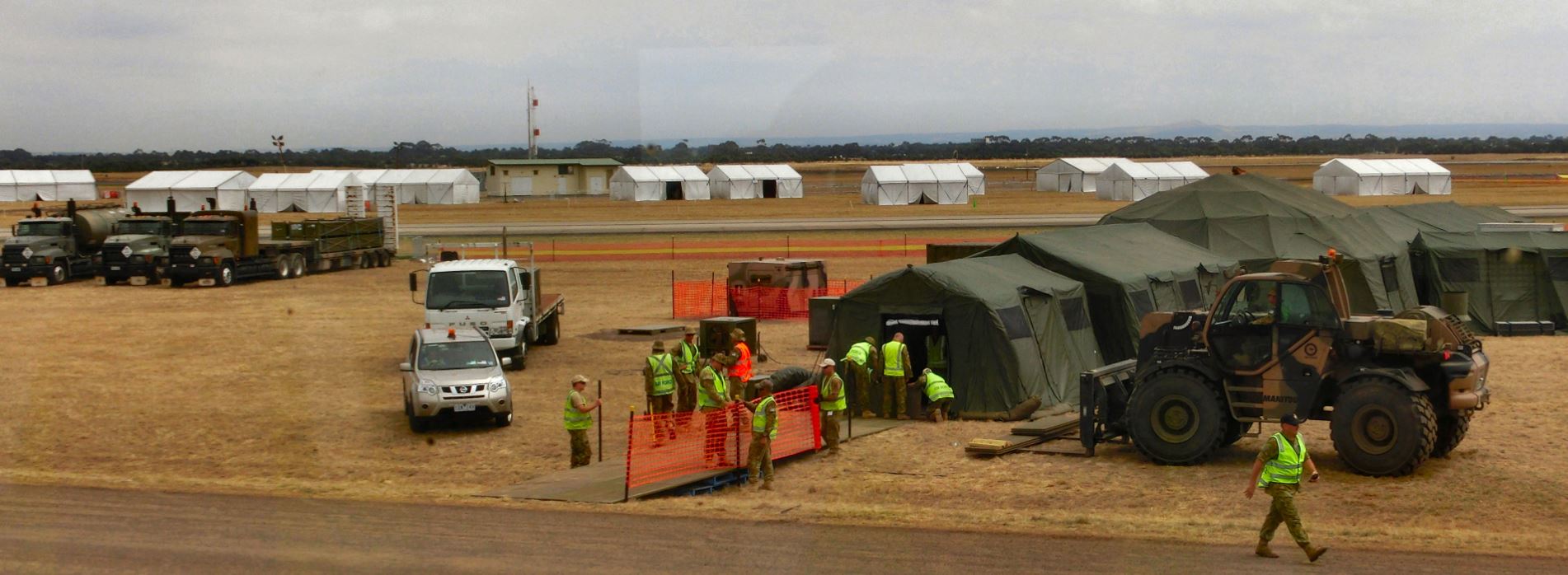
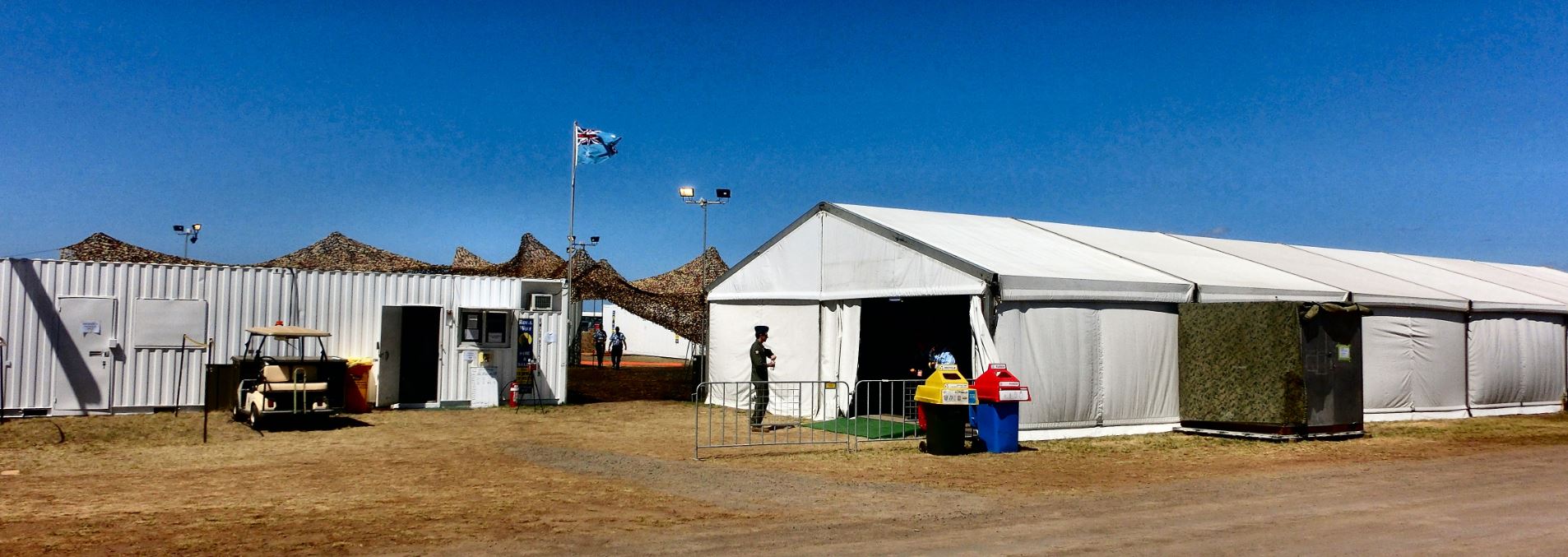
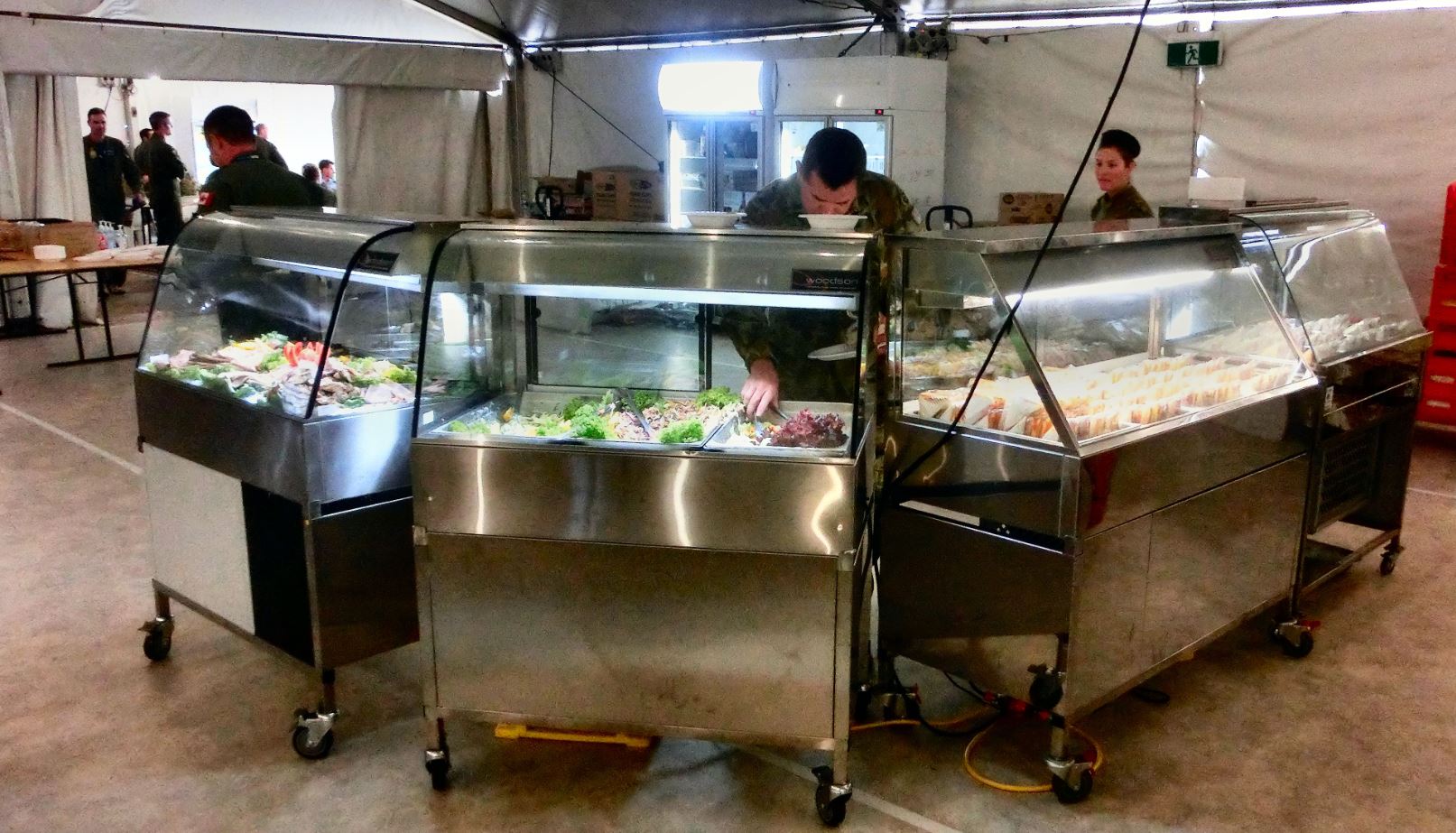
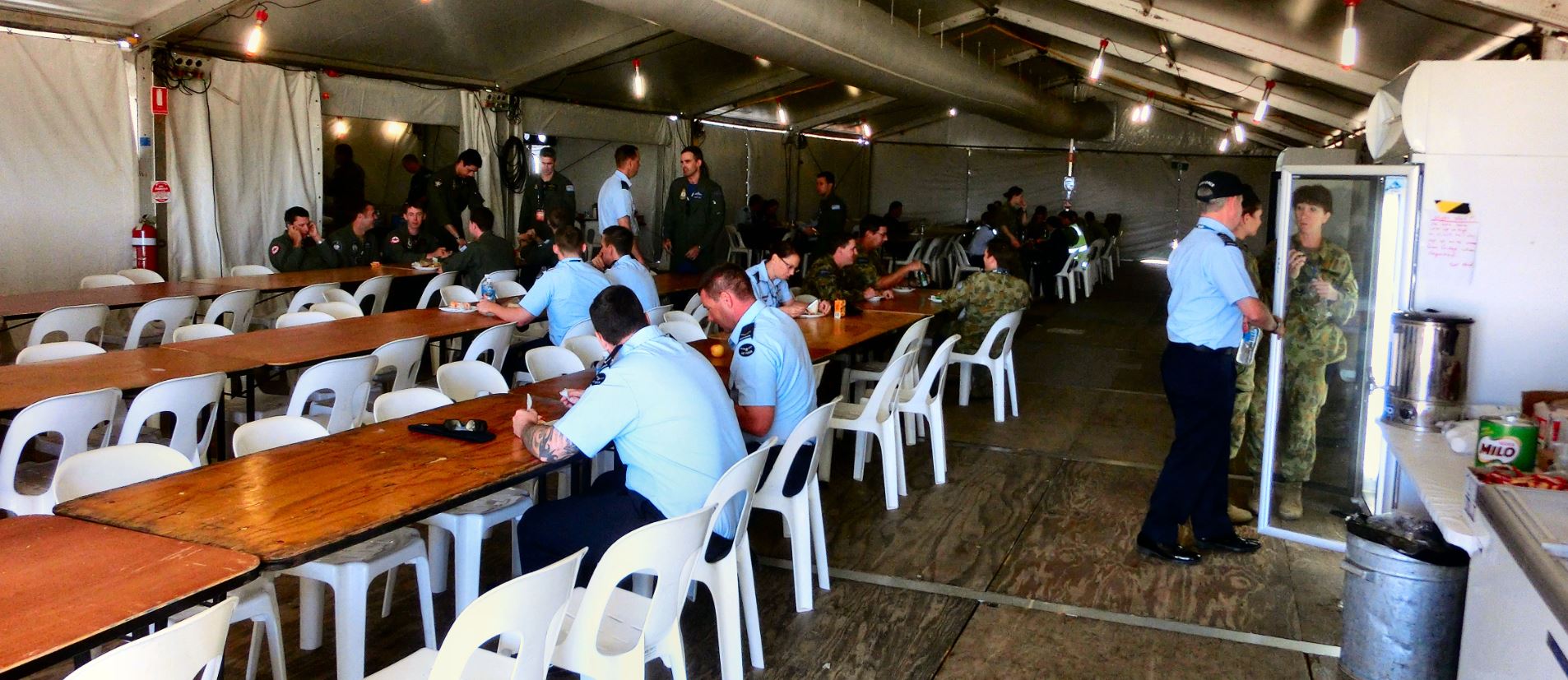
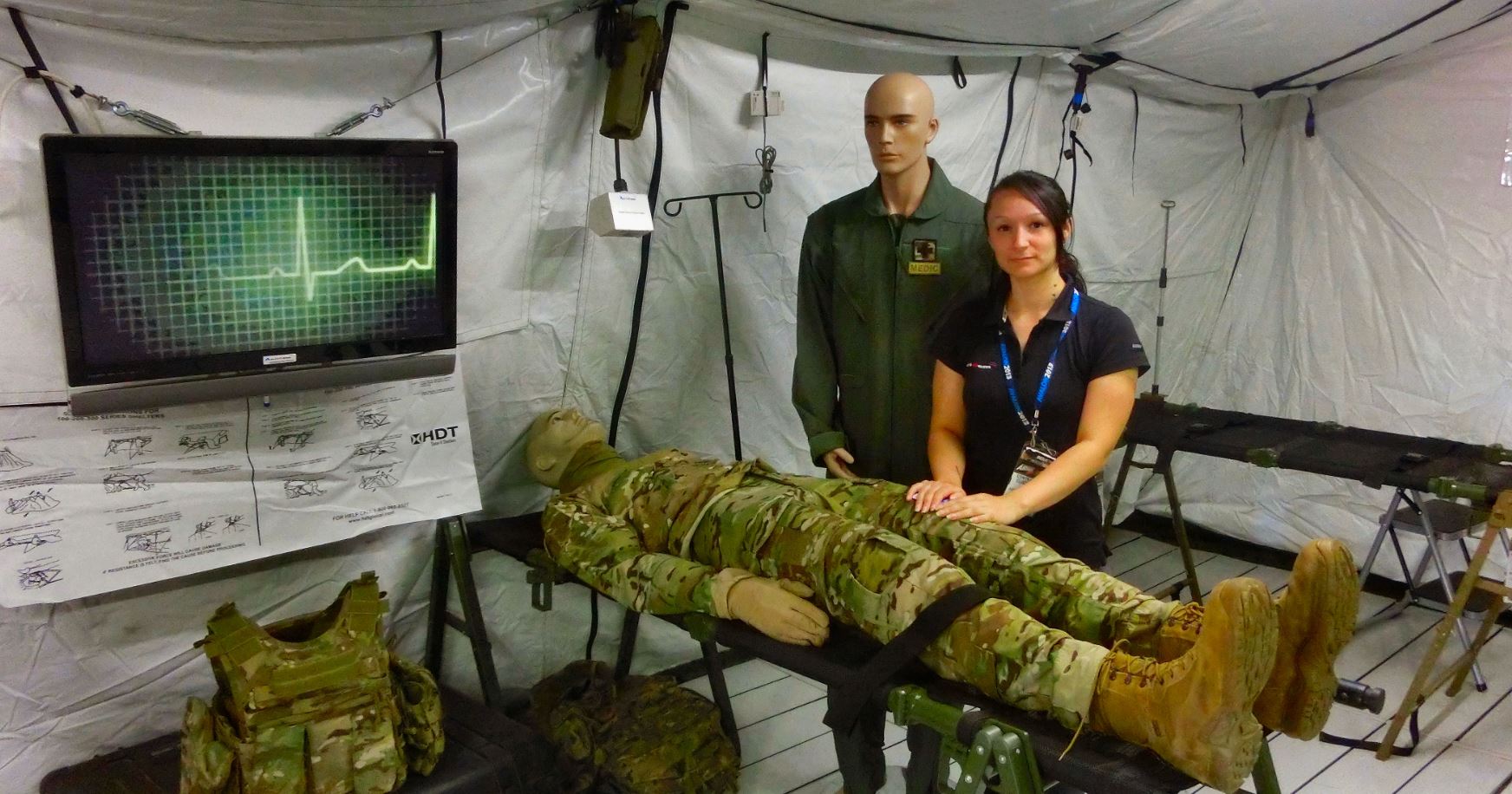
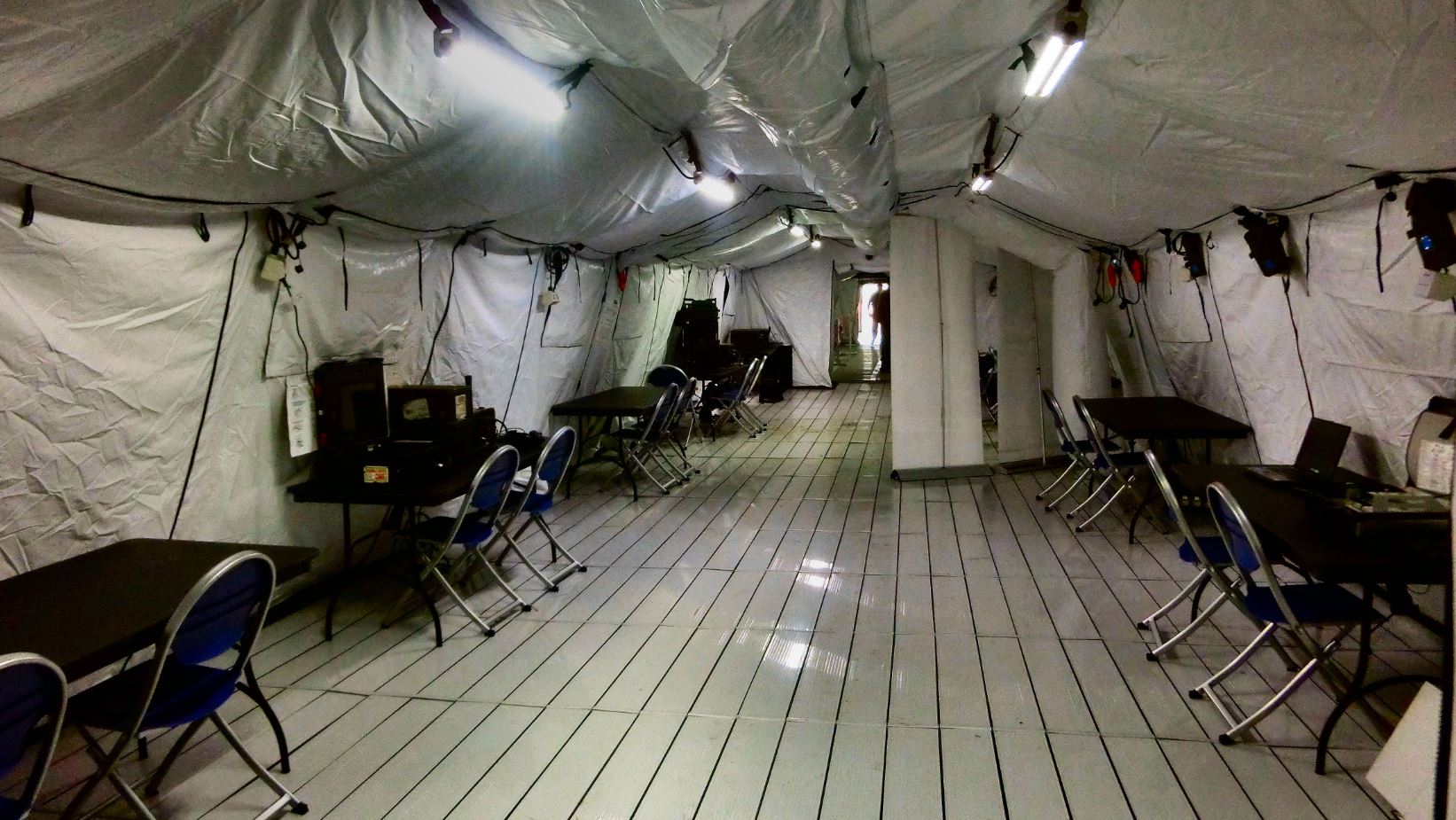
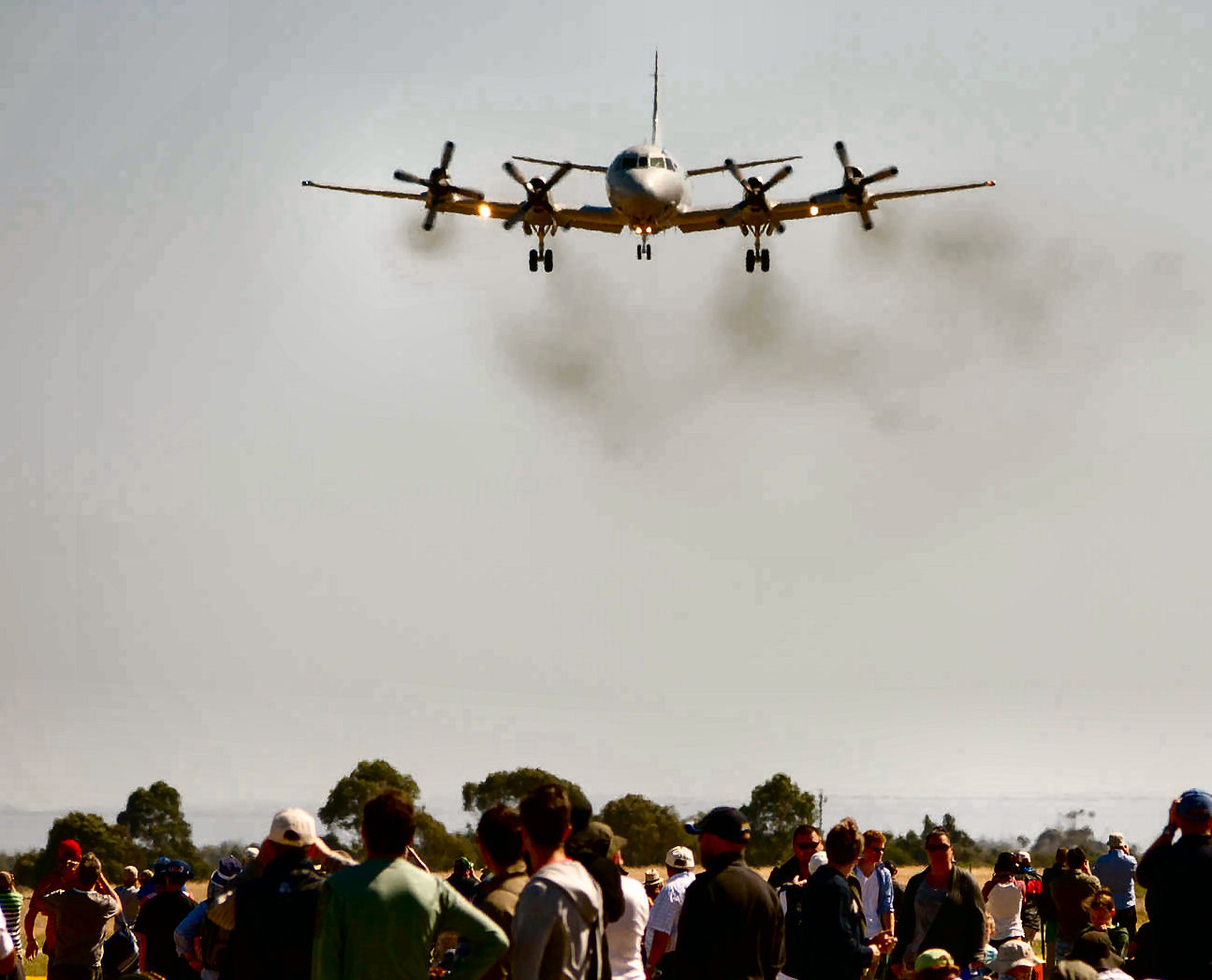
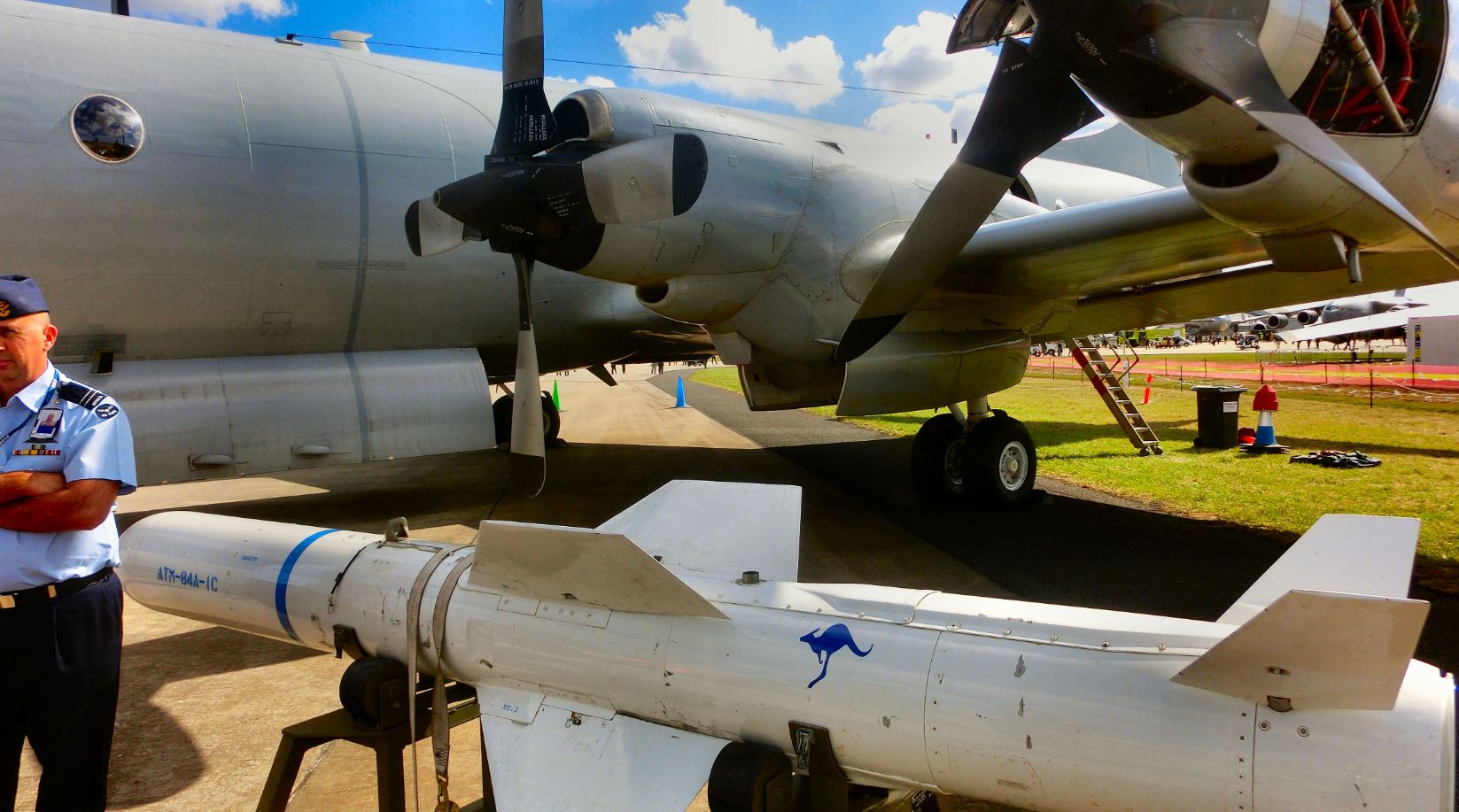
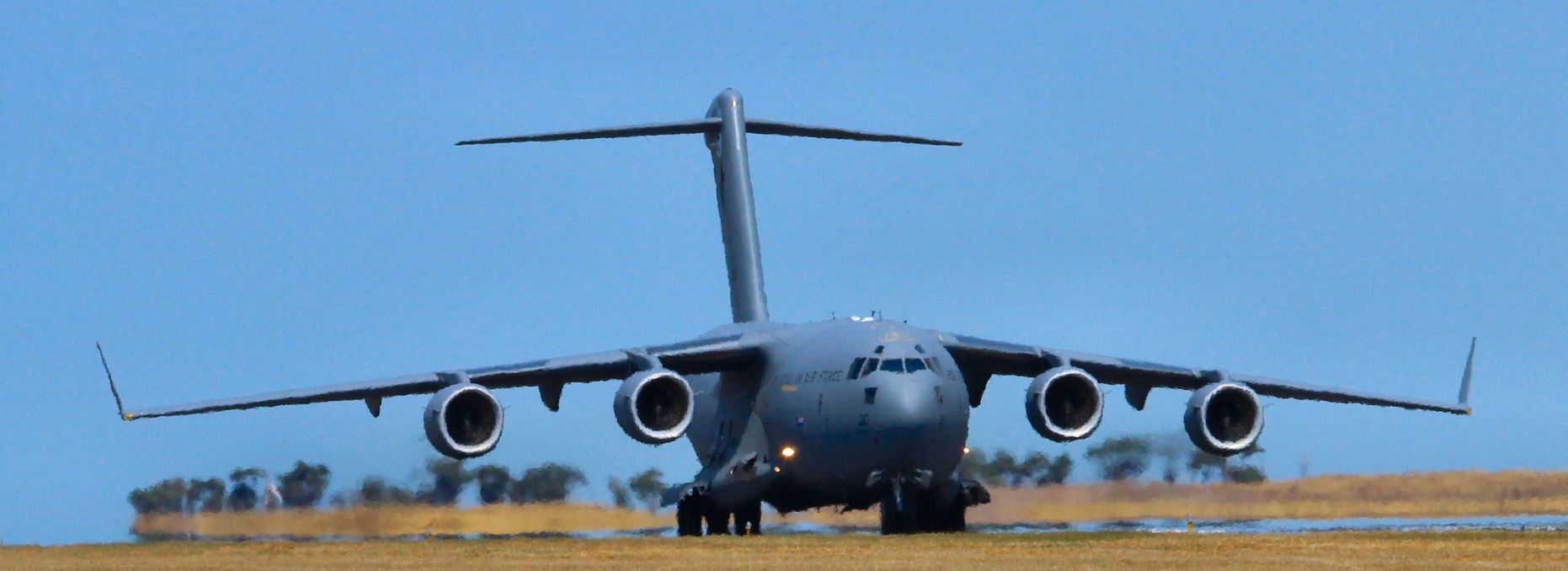
%20a.jpg)
